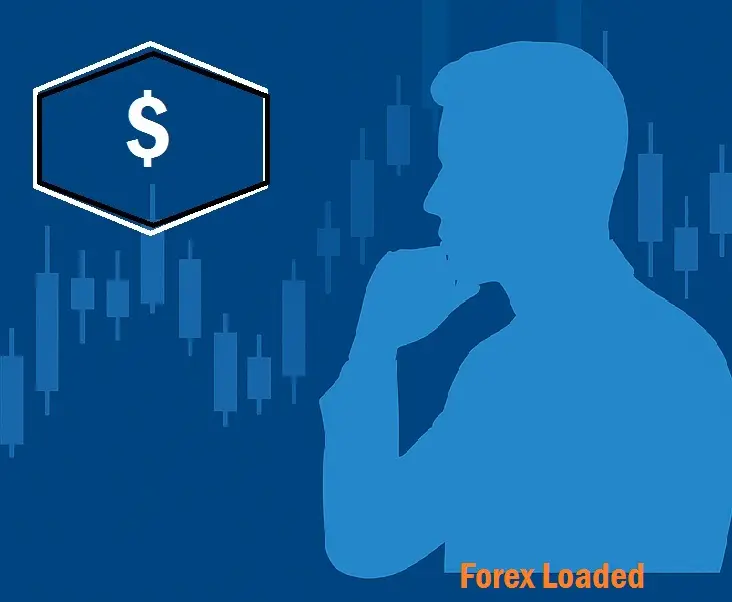What Exactly Is Traded in the Forex Market?
In this lesson, we will explore what is truly traded in the forex market.
In simple terms, forex trading involves the buying and selling of currencies. As a forex trader, you’re participating in the global financial market to exchange one currency for another.
For beginners, forex trading can initially seem confusing and risky, especially without a solid understanding of how it works. But don’t worry, we are here to break it down for you. Simplicity is our watchword.
Understanding the Concept
When you buy a country’s currency, you’re essentially investing in that country’s economy. You’re expressing confidence that the economy is either performing well currently or will do well in the future.
Hold on, don’t get confused just yet. Let’s use a relatable example: shares in a company.
In the corporate world, shares represent units of ownership in a company. When you buy shares, you become a shareholder, gaining partial ownership and a portion of the company’s profits. If the company performs well, shareholders benefit. But if it performs poorly, the value of shares declines, and any potential return diminishes. Forex is similar in principle.
Currencies Reflect Economic Performance
Currency values are influenced by the perceptions and opinions of market participants. If traders believe a country’s economy is struggling or likely to weaken, its currency will lose value due to decreased demand. On the other hand, if the outlook is positive, demand rises, and so does the currency’s value.
Let me make it even clearer:
When you buy the United States Dollar (USD), it’s like buying a share in the U.S. economy. Based on your analysis, you’re betting the U.S. economy will continue to thrive. If your prediction is correct, and the dollar strengthens, you’ll earn a profit when you sell. The size of your profit depends on how many dollars you bought and how much value they have gained over time.
The Concept of Currency Pairs
In forex, currencies are always traded in pairs. This means you’re comparing the performance of two currencies, and, by extension, their economies.
The exchange rate between two currencies reflects how one economy is performing in relation to the other. Pairing currencies is essentially comparing two countries’ economic strengths.
For example, if you’re trading the Great British Pound (GBP) against the United States Dollar (USD), the pair is written as GBP/USD. This pair reflects how the UK’s economy compares to the U.S. economy. Currency pairs are written using standardized three-letter codes.
Currency Codes and Their Meaning
Currency codes or acronyms are in three letters. These three-letter currency codes were established in 1973 by the International Organization for Standardization (ISO). The first two letters typically represent the country, while the third represents the currency name.
Take “USD” for example:
- U.S. stands for United States
- D stands for dollar
This standard format is used globally for all currencies.
Major Currencies in Forex
In the forex market, a few currencies dominate global trade. These are known as major currencies, and they come from the world’s strongest economies. Below are the major currencies along with their codes:
- USD – United States Dollar
- GBP – Great Britain Pound
- EUR – Euro (European Union)
- CAD – Canadian Dollar
- CHF – Swiss Franc
- AUD – Australian Dollar
- NZD – New Zealand Dollar
- JPY – Japanese Yen
As a beginner, you might hear different views about these currencies. For instance, some traders classify AUD, NZD, and CAD as commodity currencies due to their strong correlation with natural resources.
Each major currency also has a nickname used by traders in the forex community worldwide. The table below shows the major currencies, nicknames, countries, and codes.
| COUNTRY | CURRENCY | CODE | NICKNAME |
| United States | Dollar | USD | Buck |
| Great Britain | Pounds | GBP | Cable |
| Canada | Dollar | CAD | Loonie |
| Eurozone | Euro | EUR | Fiber |
| Japan | Yen | JPY | Yen |
| Switzerland | Franc | CHF | Swissy |
| Australia | Dollar | AUD | Aussie |
| New Zealand | Dollar | NZD | Kiwi |
Final Thoughts
Forex trading is all about perspective. Every trader has their own opinion about currency values. But as a beginner, keep things simple and digestible until you build confidence and begin analyzing the market like a pro. You’re only a few steps away from becoming a real forex trader.
Next lesson, we will look into “Understanding Buying and Selling Currency Pairs in the Forex Market.”









